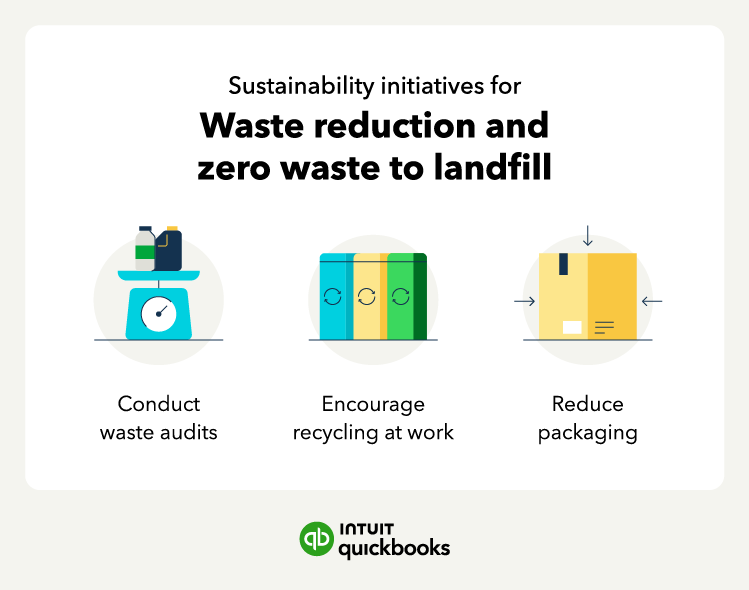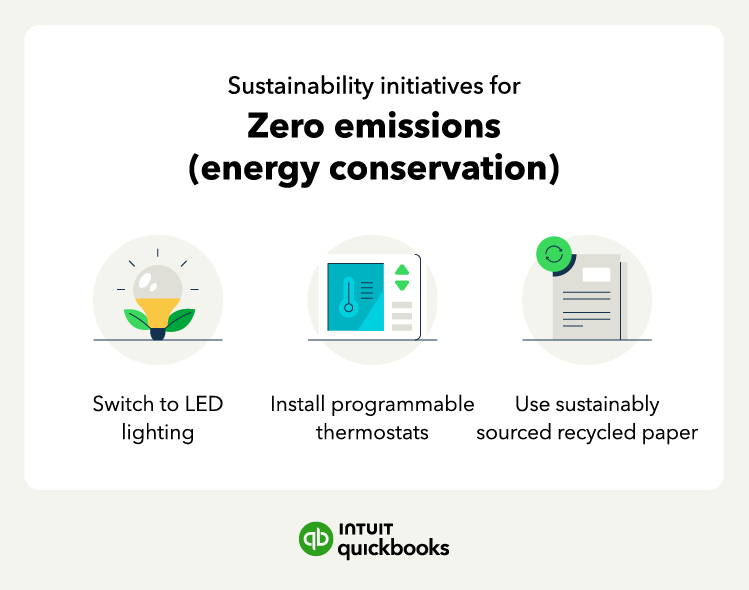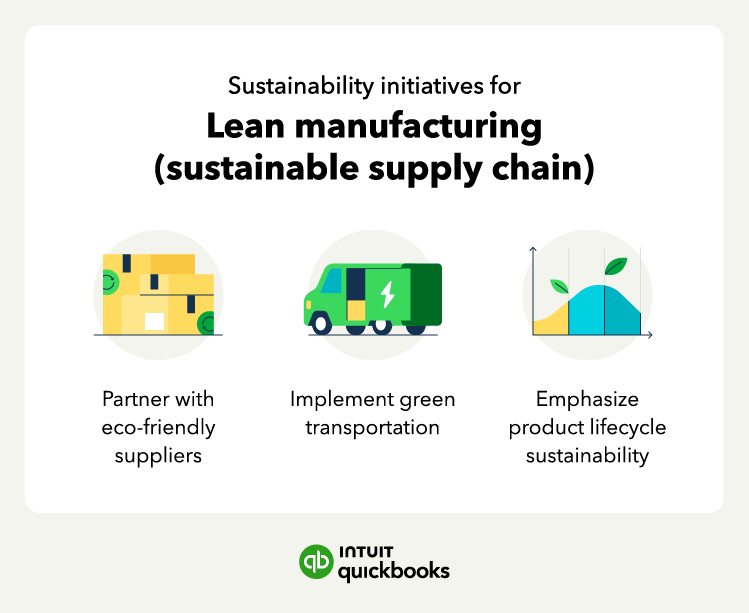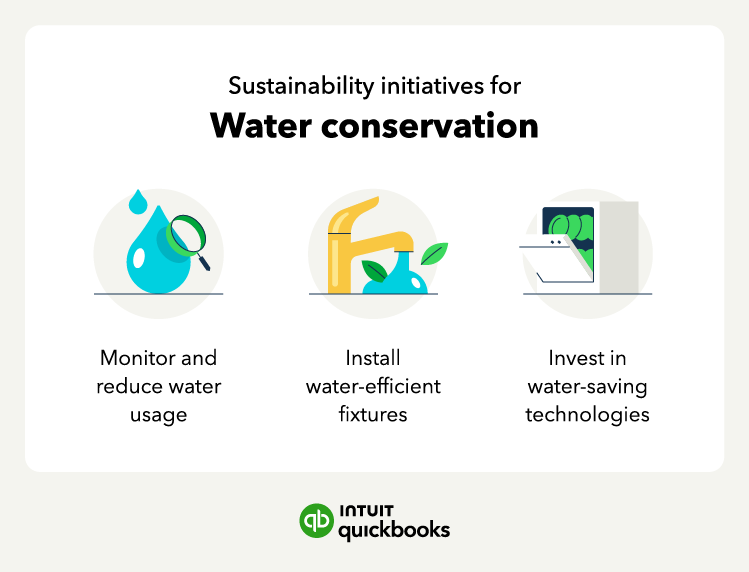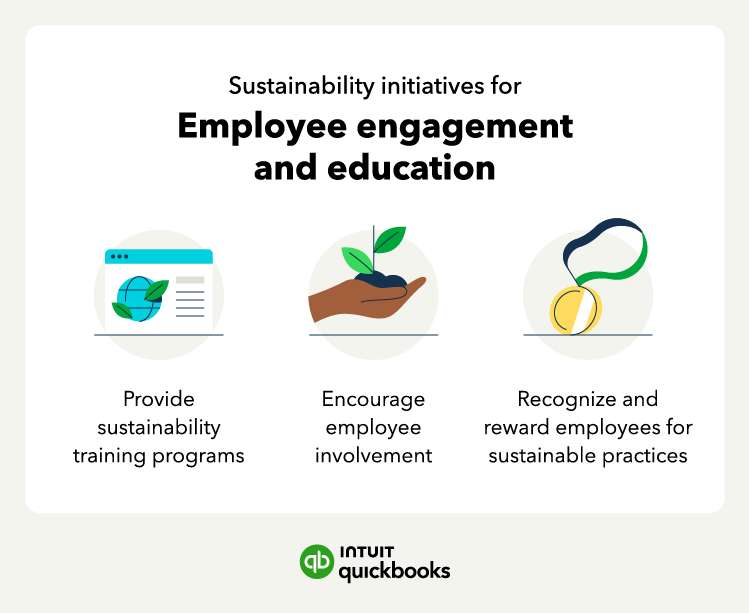In the face of economic and environmental challenges, small businesses have a unique opportunity to positively impact the environment. By integrating sustainable practices, you can reduce your environmental footprint, enhance your brand reputation, and attract eco-conscious consumers: 1 in 3 consumers prefer eco-friendly products, and 63% of Americans hope businesses will take the lead in driving environmental change, according to SurveyMonkey.
While the term “sustainability” is quite broad, sustainability for business, or corporate sustainability, simply means connecting business activities with global sustainability goals.
From reducing waste and conserving resources to embracing eco-friendly technologies and fostering a culture of sustainability, there are many sustainability initiatives to consider:
- Conduct waste audits
- Encourage recycling among employees
- Reduce packaging
- Switch to LED lighting
- Install programmable thermostats
- Use sustainably sourced recycled paper
- Partner with eco-friendly suppliers
- Implement green transportation
- Emphasize product lifecycle sustainability
- Monitor and reduce water usage
- Install water-efficient fixtures
- Invest in water-saving technologies
- Provide sustainability training and awareness programs
- Encourage employee involvement in sustainability initiatives
- Recognize and reward employees for sustainable practices
Below, we’ll walk through each of these sustainability initiatives and how you can adopt them in your business. We’ll also share sustainability examples from businesses that have successfully implemented them.









